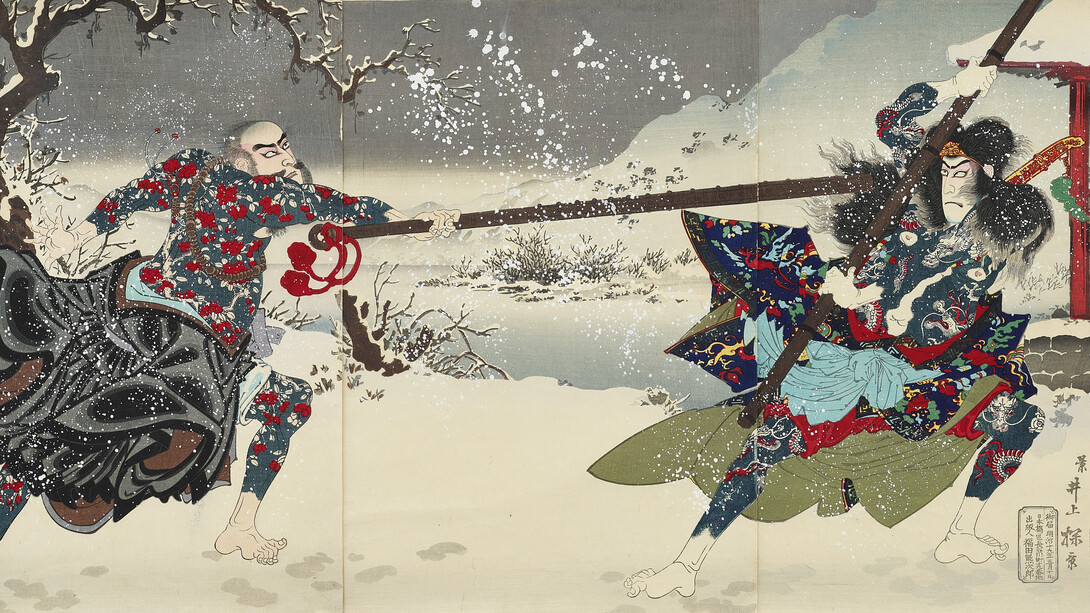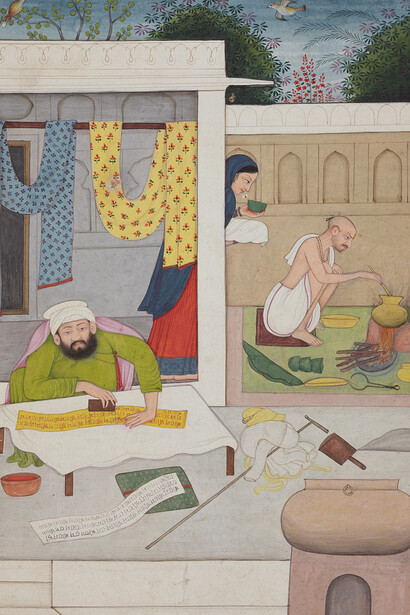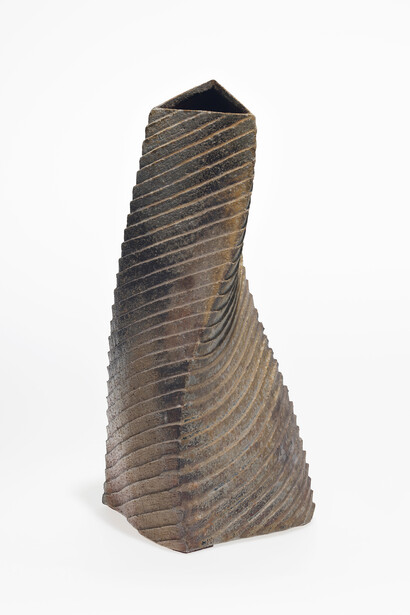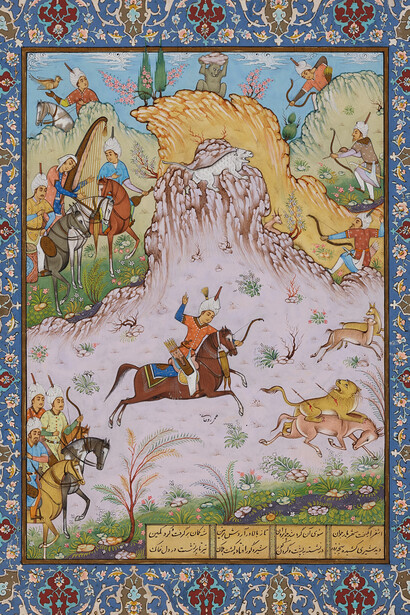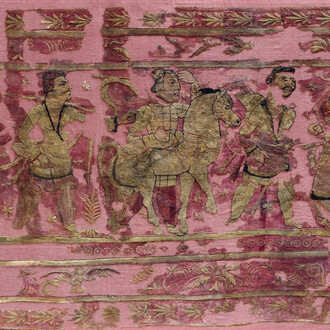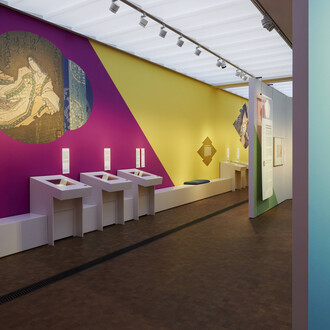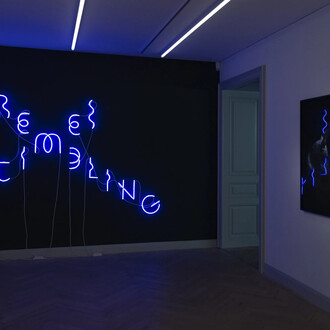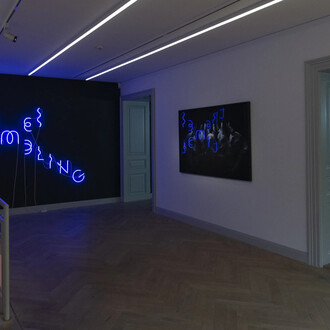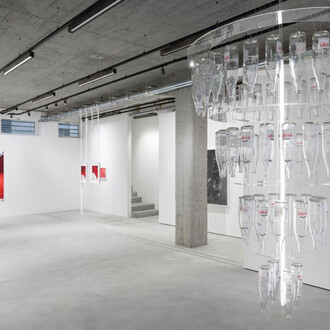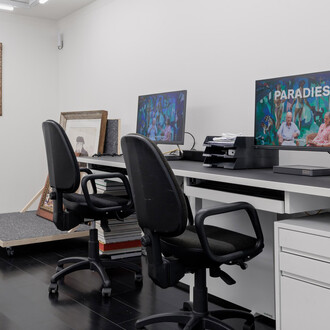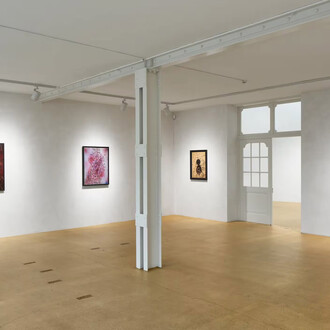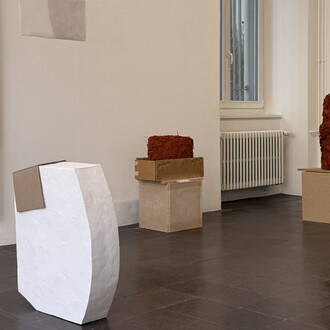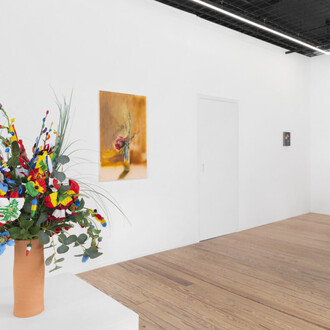With its internationally renowned collections containing important objects from Africa, the Americas, Asia and Oceania, Museum Rietberg is one of the largest art museums in Switzerland. Complementing the collection presentation at Villa Wesendonck, the exhibition at Park-Villa Rieter showcases significant works of historical portrait photography, Indian painting and Persian miniatures.
Rhythm of images: photographs and textiles
Historical portrait photographs are meticulously staged compositions where both photographer and subject play important roles. Textiles offered a kaleidoscope of design options: Photographers gave their input on the subjects’ clothing and used decorative curtains and rugs selected to harmonise or contrast if in a studio. At the same time, subjects in front of the camera used their garments to convey information about their identity and social status.
Textiles in indian painting
The Indian subcontinent’s rich tradition of textiles is reflected in its paintings, with fabrics and their societal meanings being portrayed in many works. Artists did not simply use fabrics in their paintings to accurately depict a scene but also as a means of composing their works in terms of colour and rhythm, and of highlighting specific elements. Although the fabrics’ colours and patterns may not be entirely historically accurate, these works remain important documents of the past. In some cases, the painted depictions are so precise that looking at the fabrics is almost akin to touching them.
Real or not?
Twenty-one Persian miniatures which appear “old” and “real” at first glance are on display in the exhibition. But sometimes appearances can be deceiving: are all of these works really several hundred years old? Which paintings are imitations or made especially for tourists? And are there perhaps even some forgeries?
